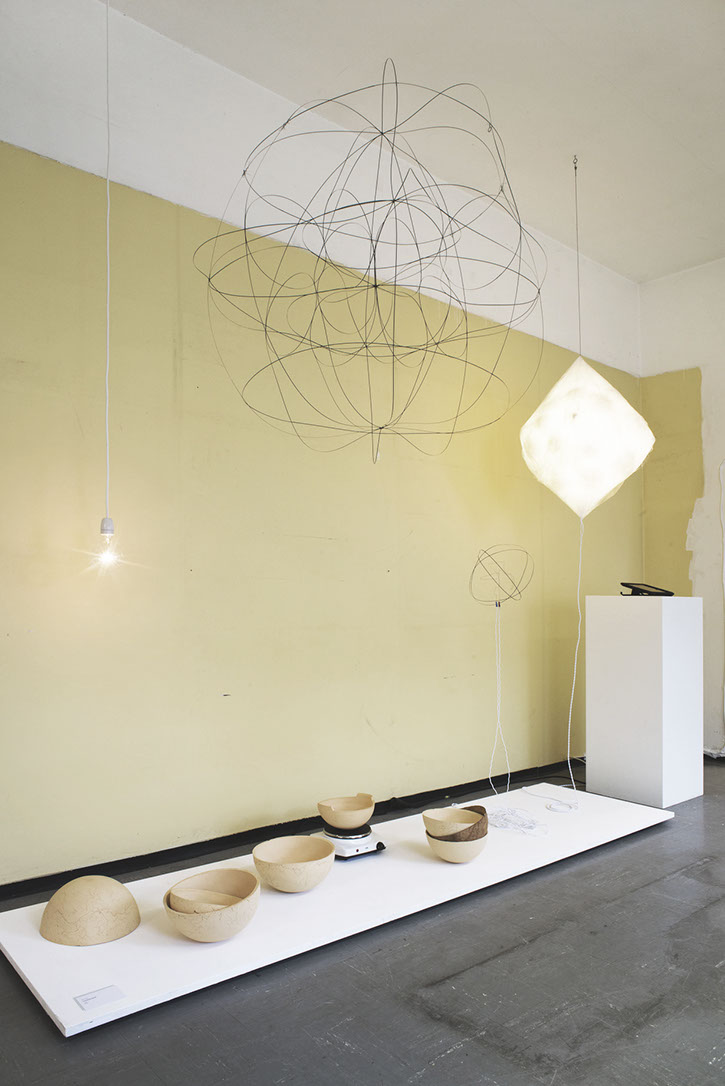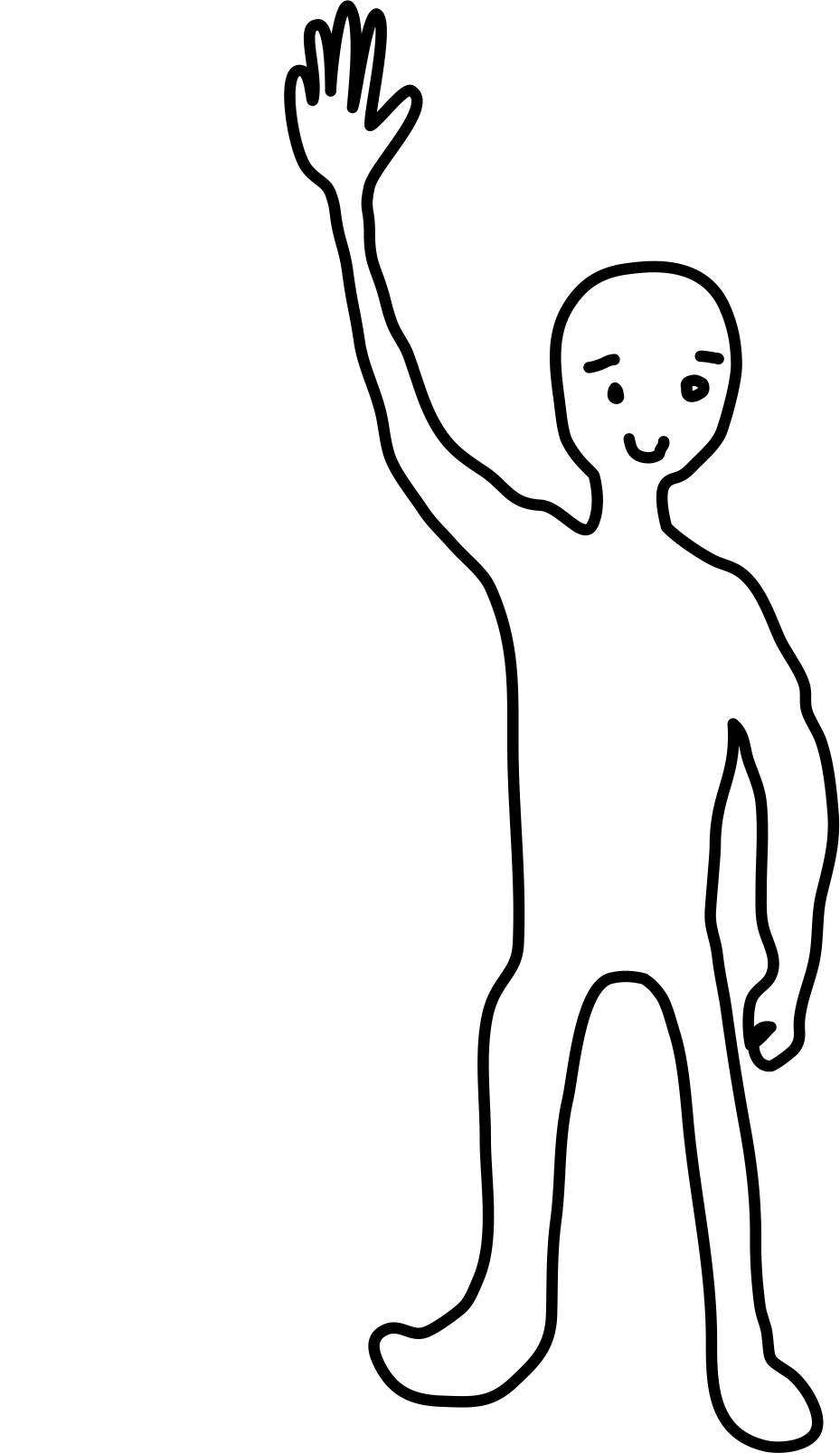This project dares to speculate: what would products look like if our society wasn't to put so much emphasis on energy efficiency – while wasting large amounts of the stuff we really do not have infinitely: materials. On the other hand, what if we used more energy to make goods that use less of these precious materials. let's assume there was limitless green energy available – how would our products change, how would our surroundings change, how would we change?
For pretty much ever, light equalled warmth. Sure, a few things shine bright without feeling warm: the stars, the moon, LEDs. But be it the sun, be it a candle, be it a light bulb – the things we needed to lighten our nights where also sources of heat.
Not so anymore if one looks at the literally cold light of an energy saving light bulb, the glares cars nowaday express with their LED head- and taillights. This is where the floating light comes in: doing without all the precious metals used in LEDs or energy efficient lamps, it consists of a large but incredibly lightweight and material efficient wrapping. A resistance wire runs through it, emmiting large amounts of heat a a slight glow, making the whole construction float.
You might not have noticed it, but cooking has become terrifyingly efficient. Fast food, kitchen machines, pressure cookers, and a different sized pot for every dish imaginable: that's just the tip of the iceberg. Those same pots are made out of metal, have a flat surface, to ensure heat travleing fat from the stove to the food. No bad thing, but time is another factor succeptible to be eiffienctly maximaized – especially with something like food, something that needs time to grow, to evolve, to be able to properly nurture us.
Which is where this cooking bowls comes in. Made out of clay, it works similar to a Maroccon Tajine, minus that efficient flat surface, plus a material saving round one. Because no shape holds more content than a sphere by having the smallest amount of surface area.


